- Messages
- 17,697
- Location
- Maryland
Karl Misik "KAMI" "Mode de Paris", Wool, 59 cm possibly late 1930s early 1930s. This hat is from my May 2015 NOS Czech find.
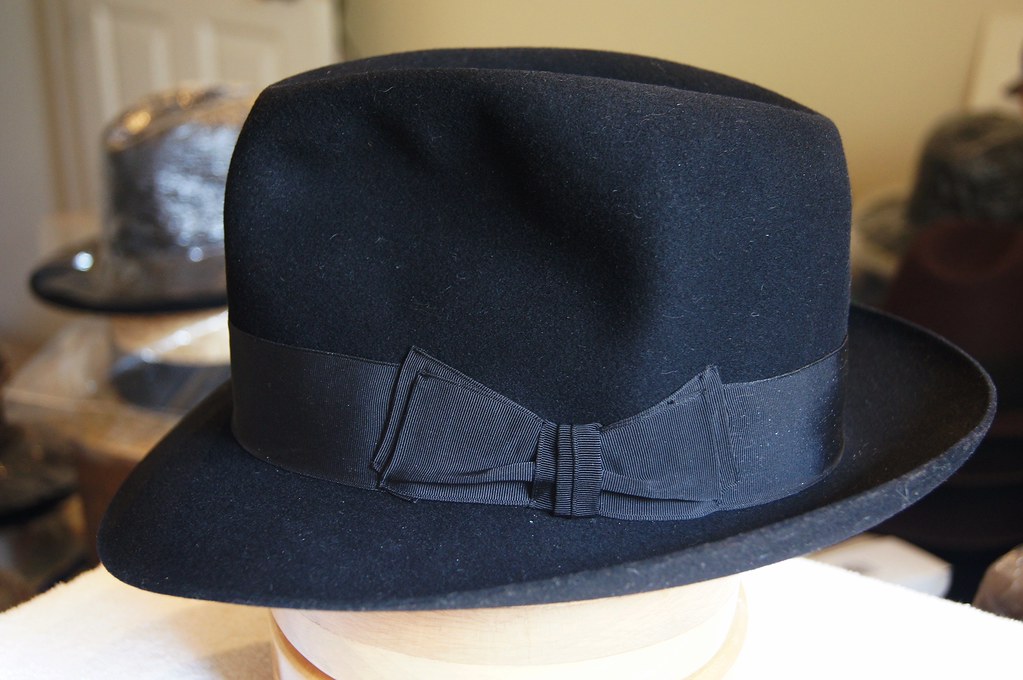
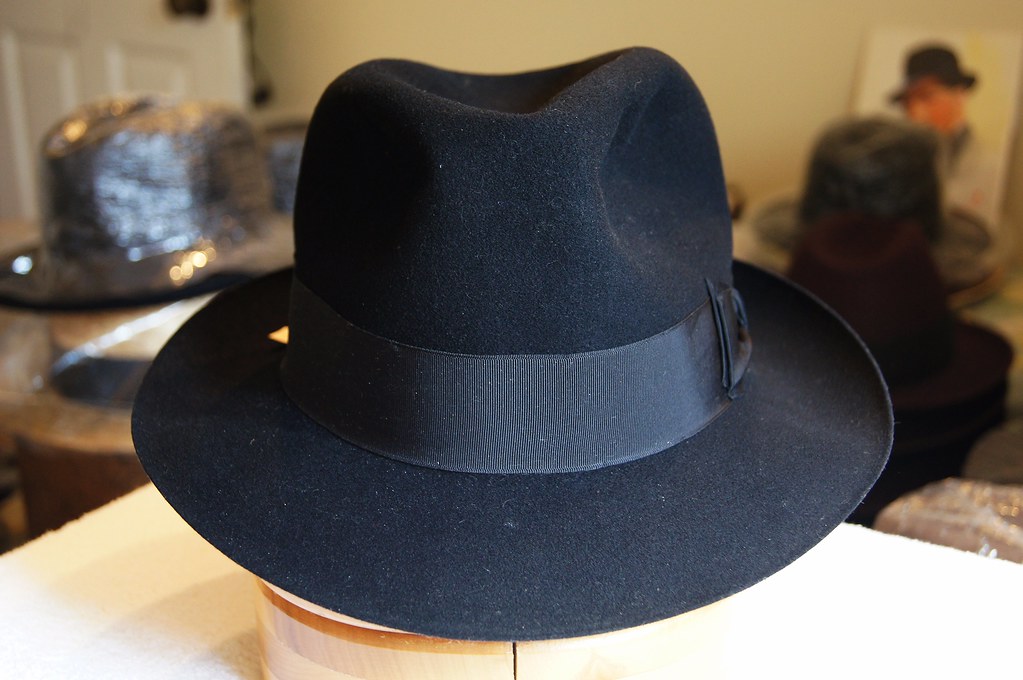
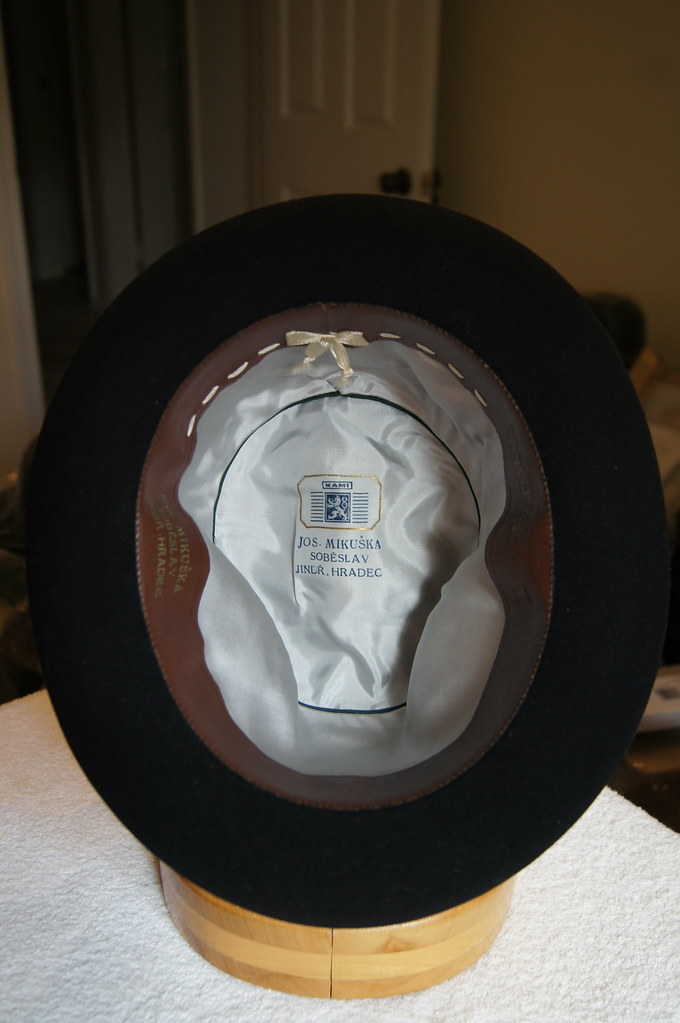
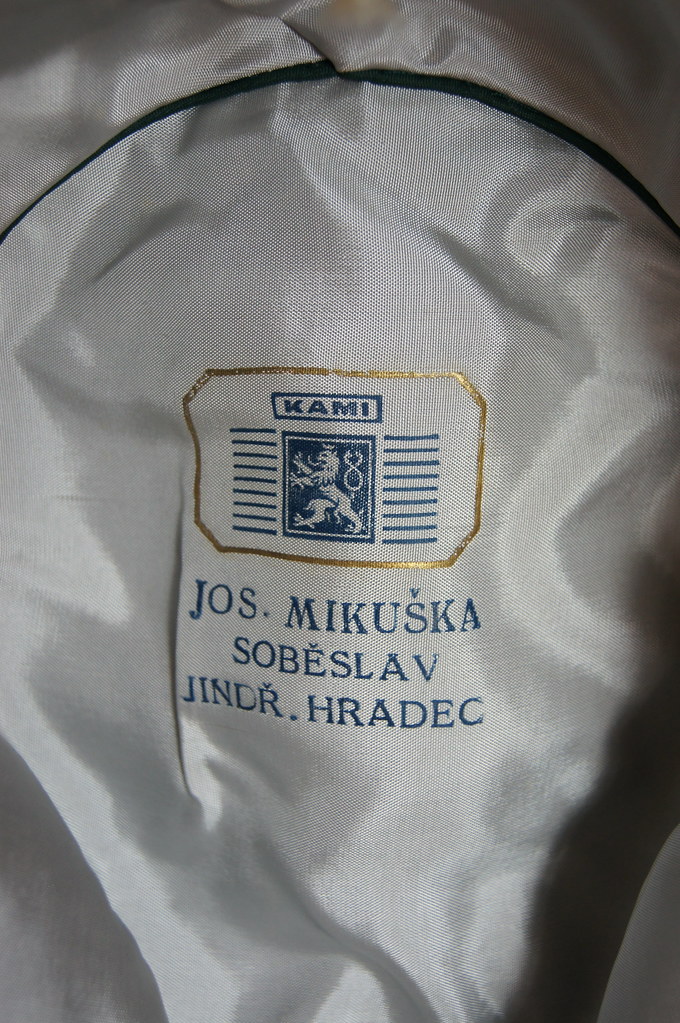
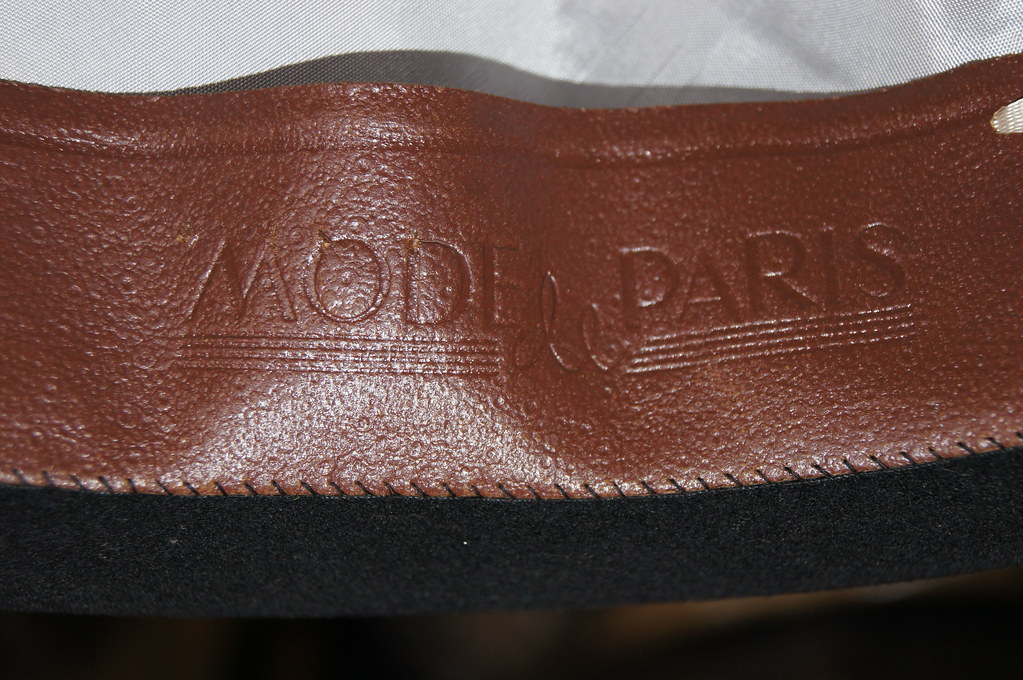













Panos, Thank you! I just posted a few more.Steve, super!! It shows very well I think what the old masters could do with Wool in terms of styles, colors, finishes. A sight for sore eyes!
Spectacular series of woolfelts. Steve. So nice to see these.Karl Misik "KAMI" "Mode de Paris", Wool, 59 cm possibly late 1930s early 1930s. This hat is from my May 2015 NOS Czech find.








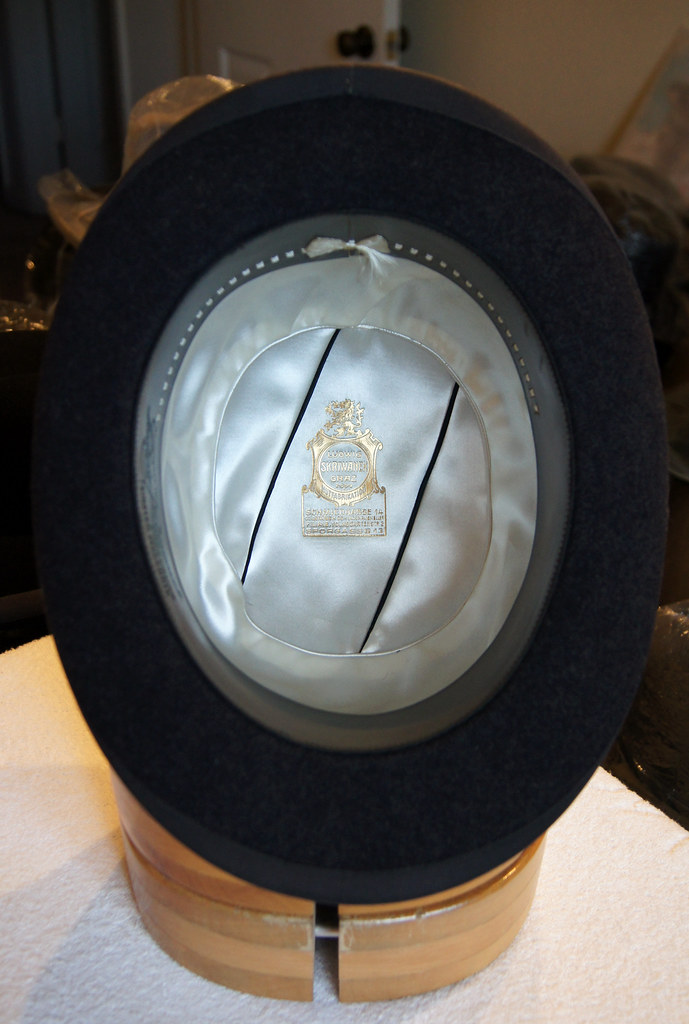
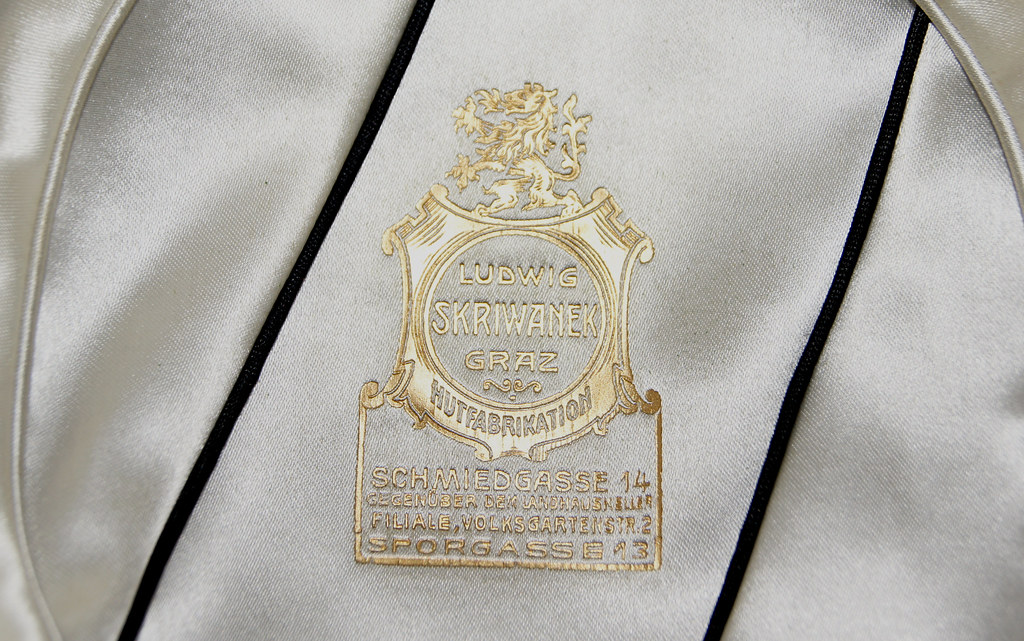

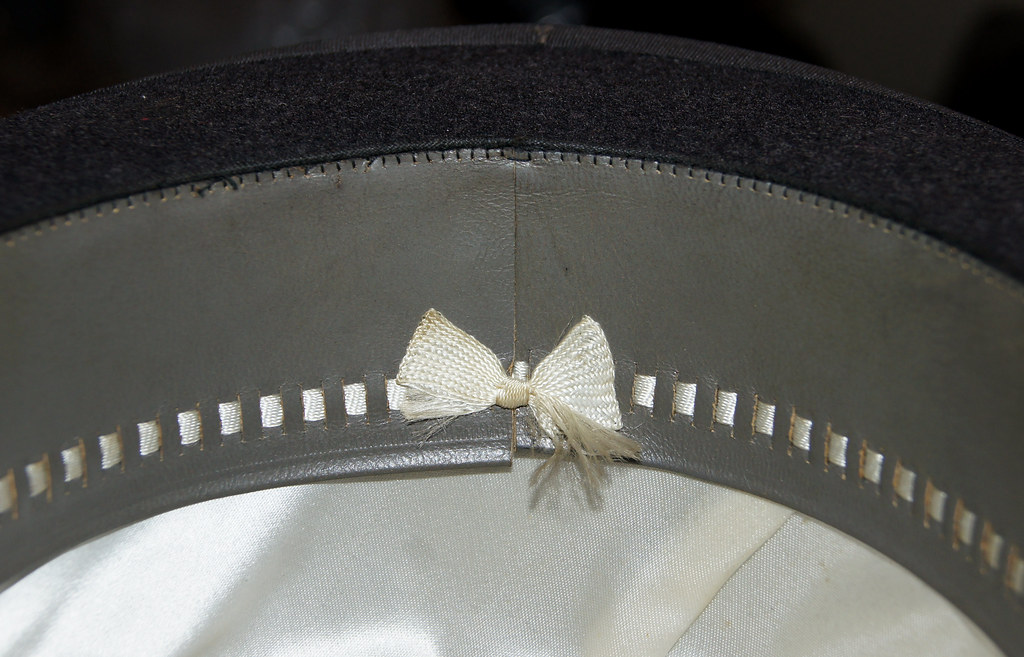
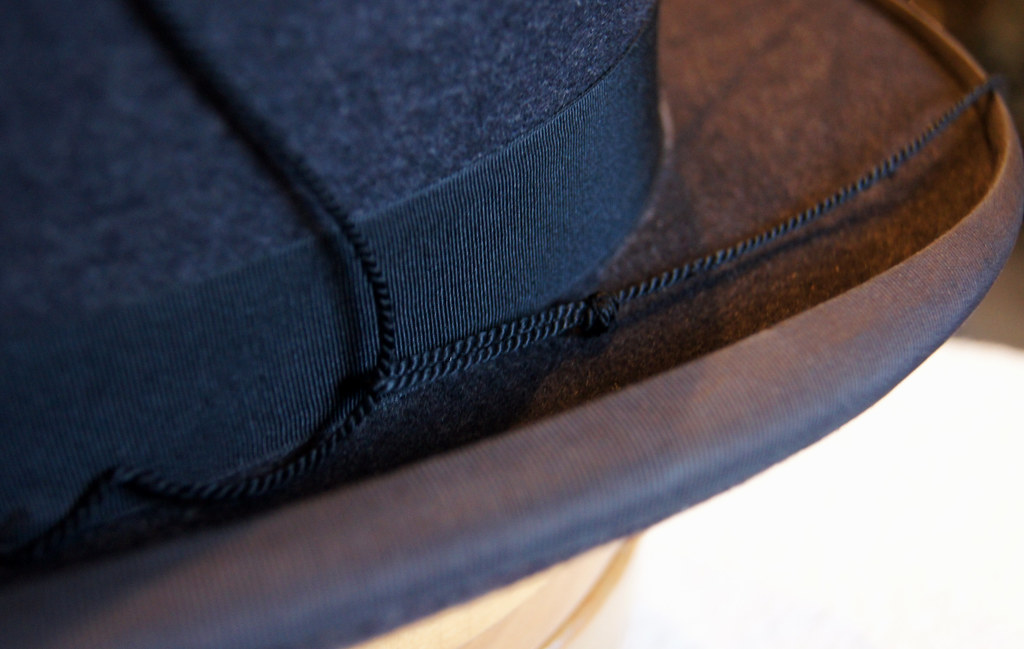
Stefan, Thank you!Spectacular series of woolfelts. Steve. So nice to see these.
Some wonderful examples from your collection, Steve. I particularly like the liner on this one.Ludwig Skrivanek Graz, Hutfabrikation, Wool, 58 cm, possibly early to 1930s. The Felt is a Woo Mélange which is rare find for a Stiff Felt.






Typical Loop Wind Cord

Ludwig Skrivanek Graz, Hutfabrikation, Wool, 58 cm, possibly early to 1930s. The Felt is a Woo Mélange which is rare find for a Stiff Felt.






Typical Loop Wind Cord

Karl Misik (KAMI), Wool, 59cm, possibly mid to 1930s. The Felt is Mélange Wool with a very soft hand. This hat is from my May 2015 NOS Czech find.
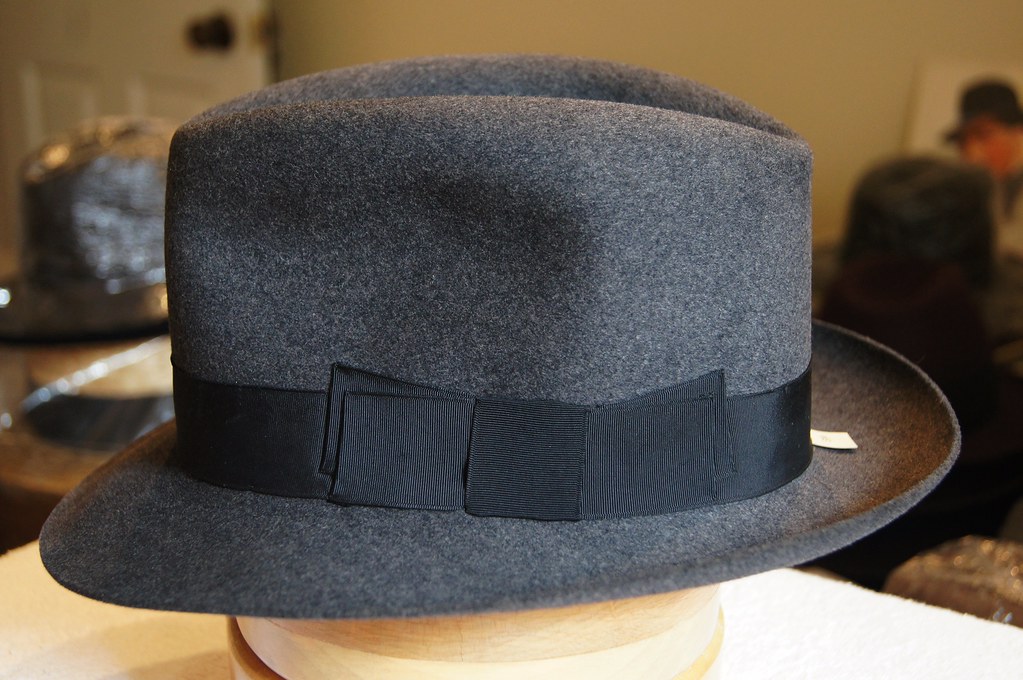
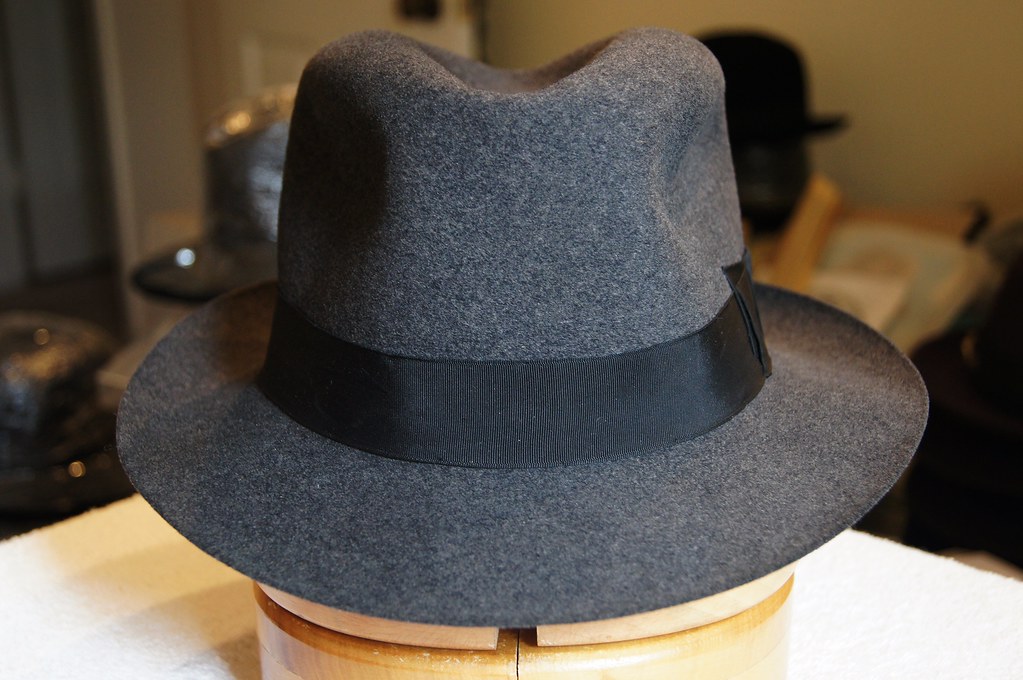
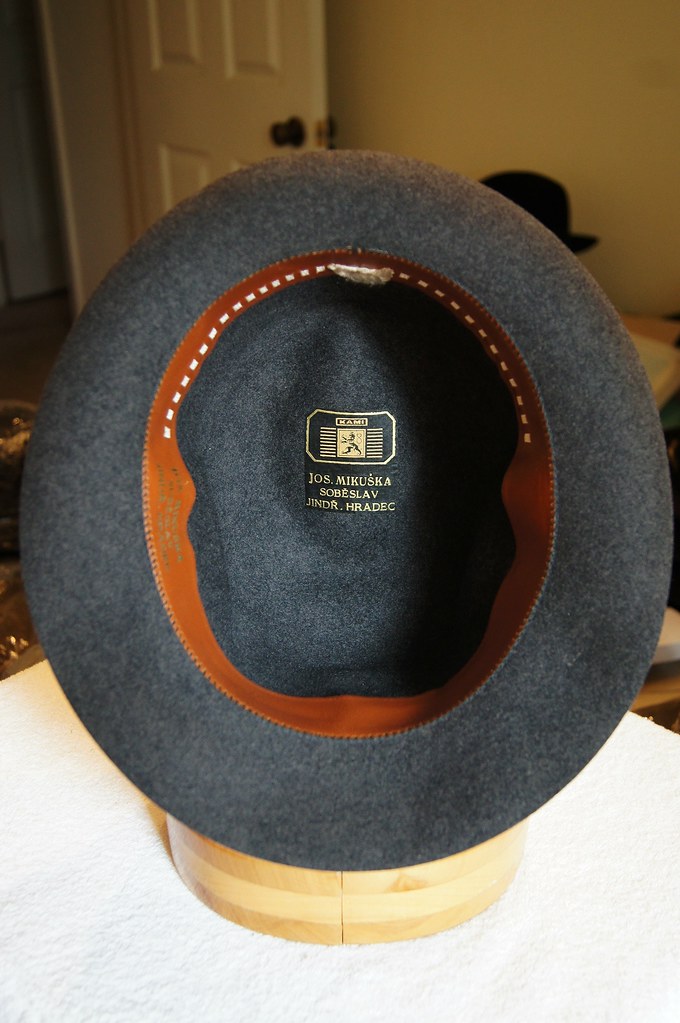
Fantastic! Love the KAMIs and the Melange melone is spectacular! The thread is in a different league nowKarl Misik (KAMI) "Special", Wool, 58cm, possibly late 1930s early 1940s. The Felt is Wool Melenge with an unique Bow Design. This hat is from my May 2015 NOS Czech find.
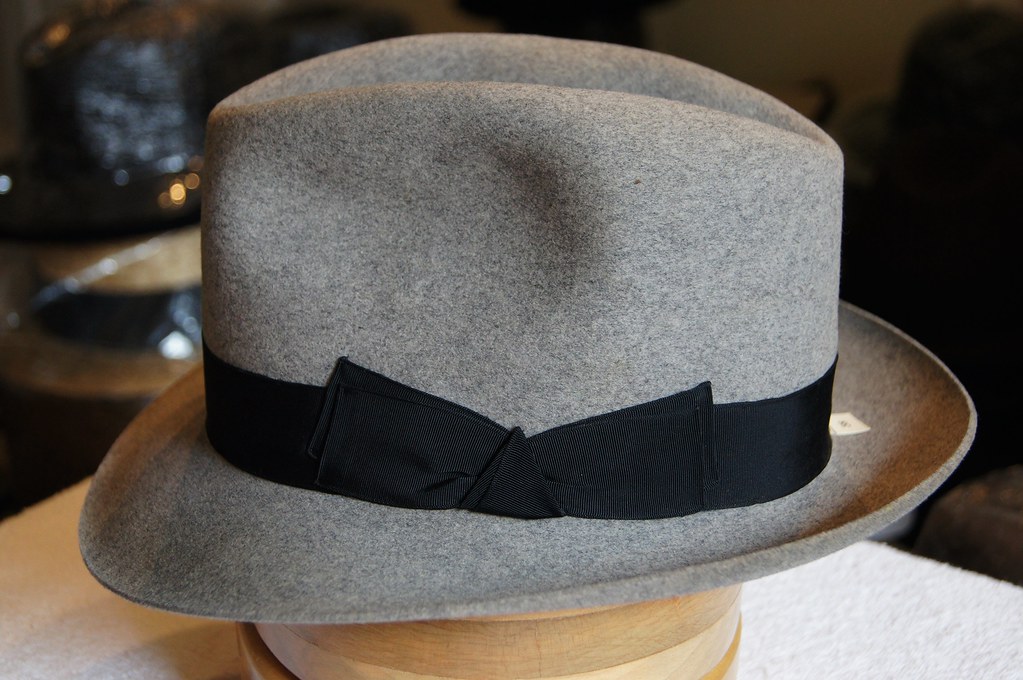

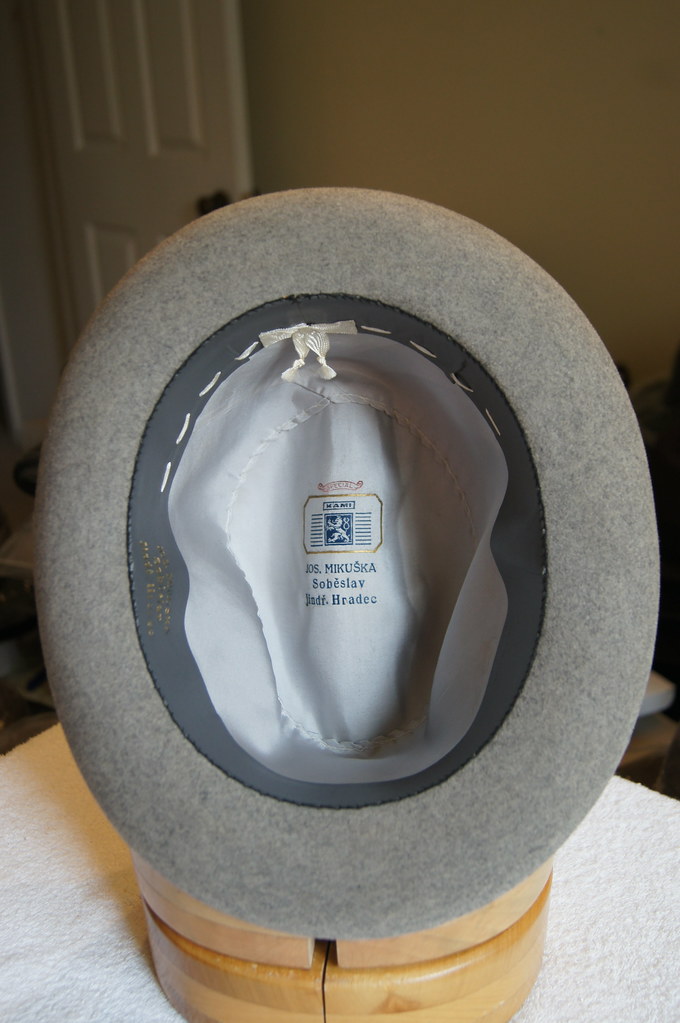
I take one and it goes for all those published after my first praise of your wool hats, Steve.Karl Misik "KAMI" "Mode de Paris", Wool, 59 cm possibly late 1930s early 1930s. This hat is from my May 2015 NOS Czech find.

Steve, Thank you! It's one of my favorite Stiff Felts.Some wonderful examples from your collection, Steve. I particularly like the liner on this one.
Daniele, Thanks! I know we both like the old Wool hats! I really enjoyed seeing / holding your Italian & French Wool beauties back in October. Please post away!I take one and it goes for all those published after my first praise of your wool hats, Steve.
Lots of praise and applause is added for others and those you will post.
Super!
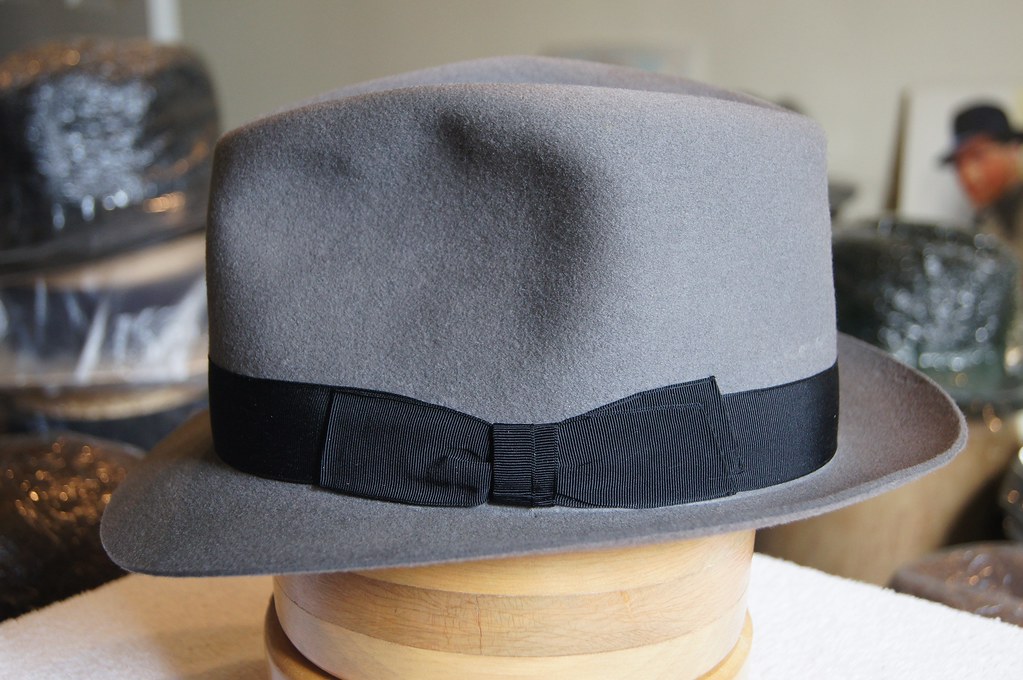
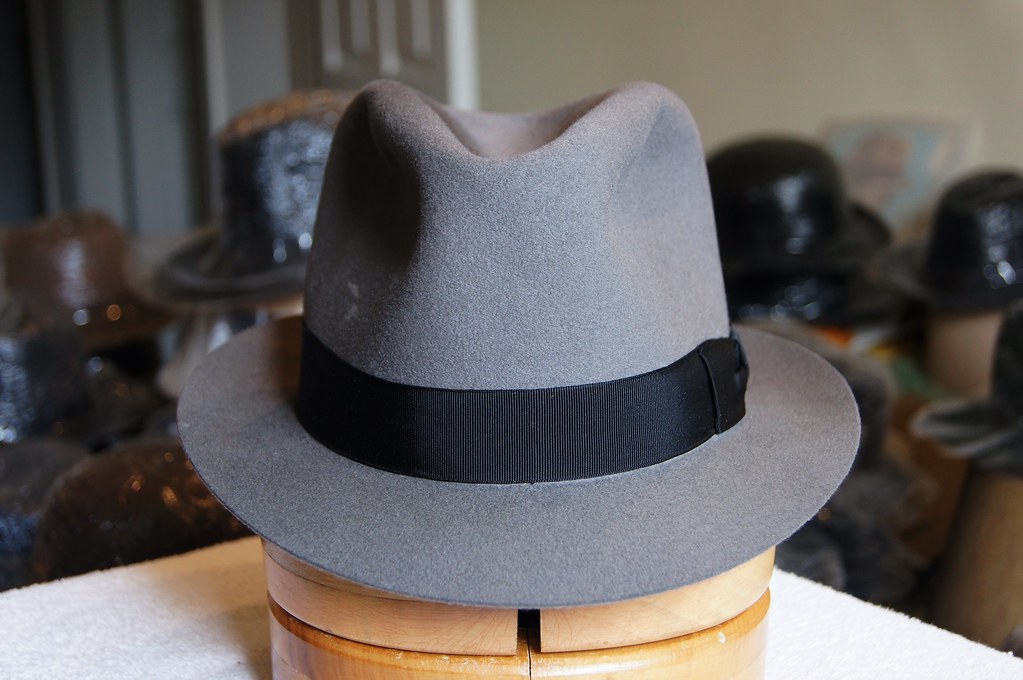
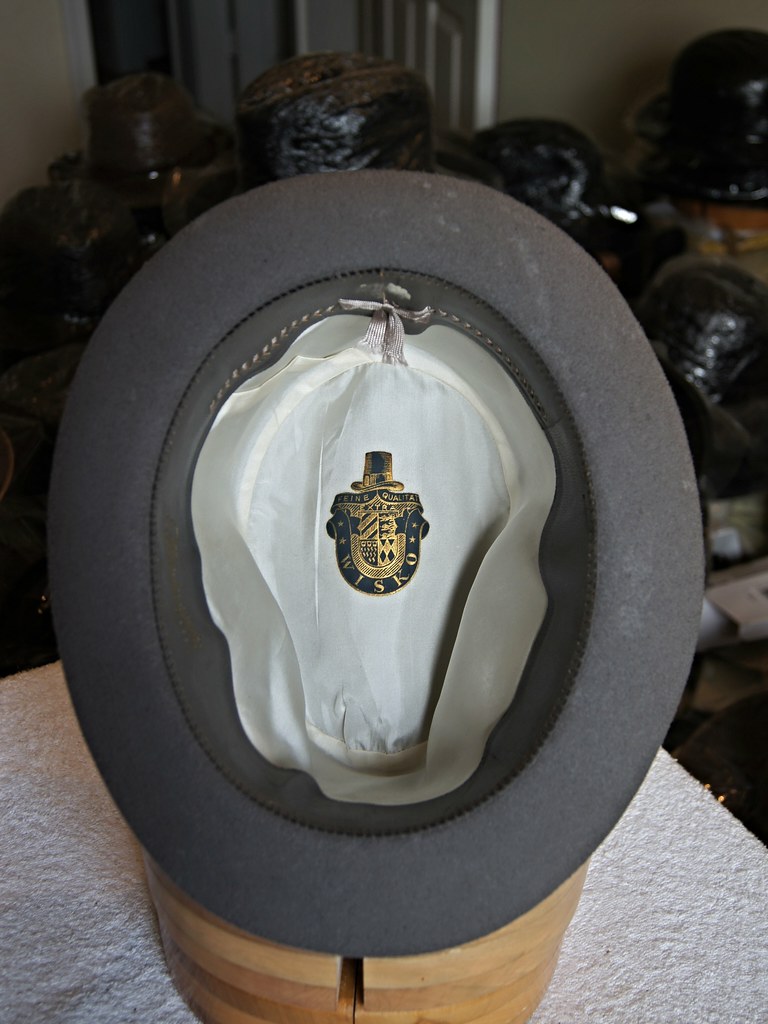

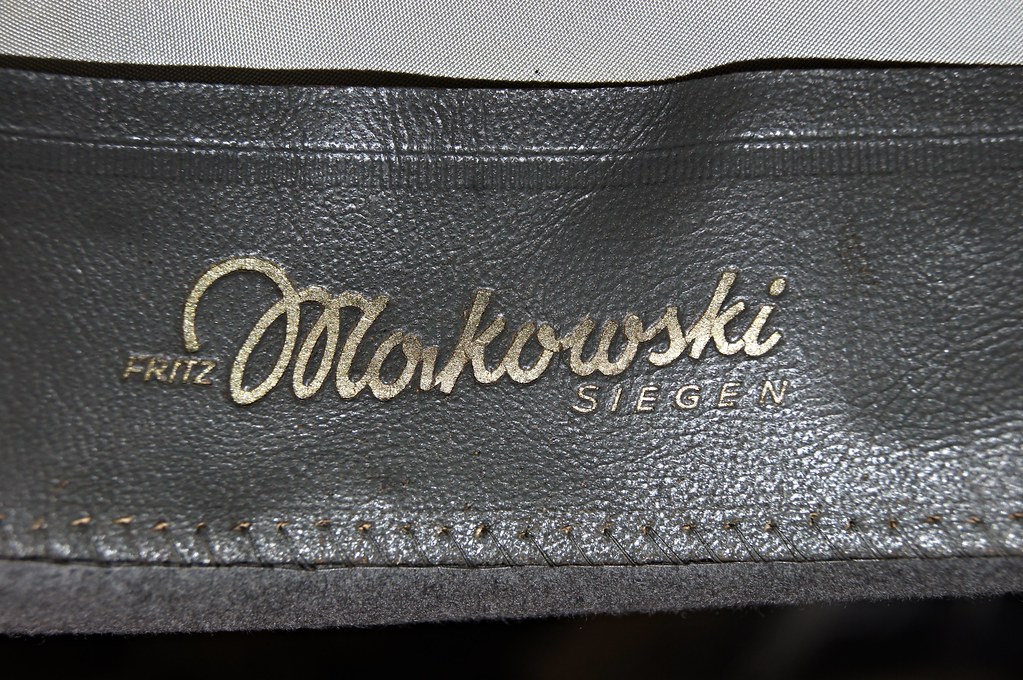
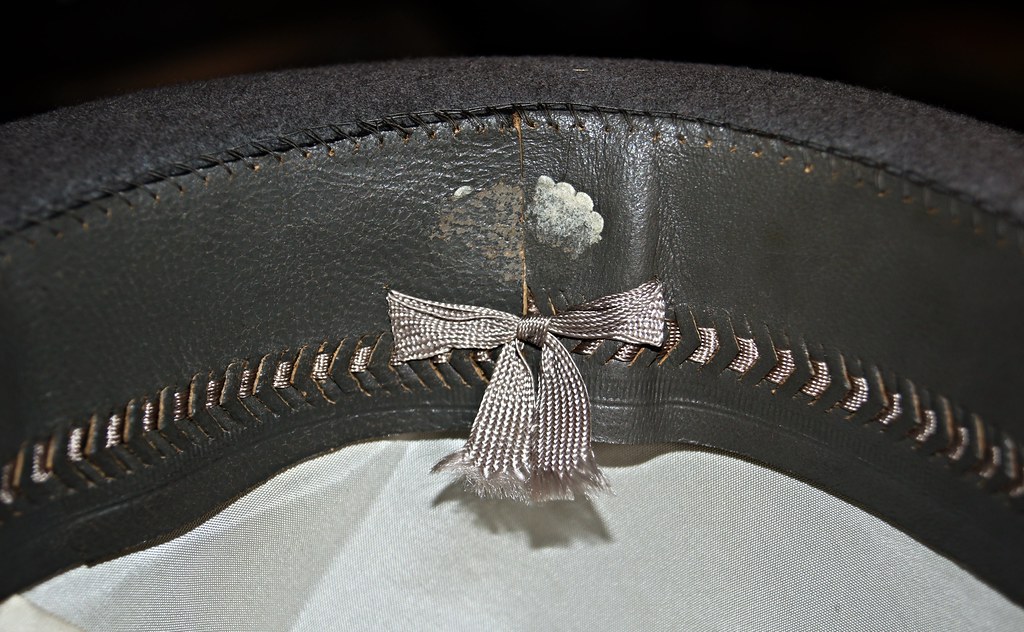
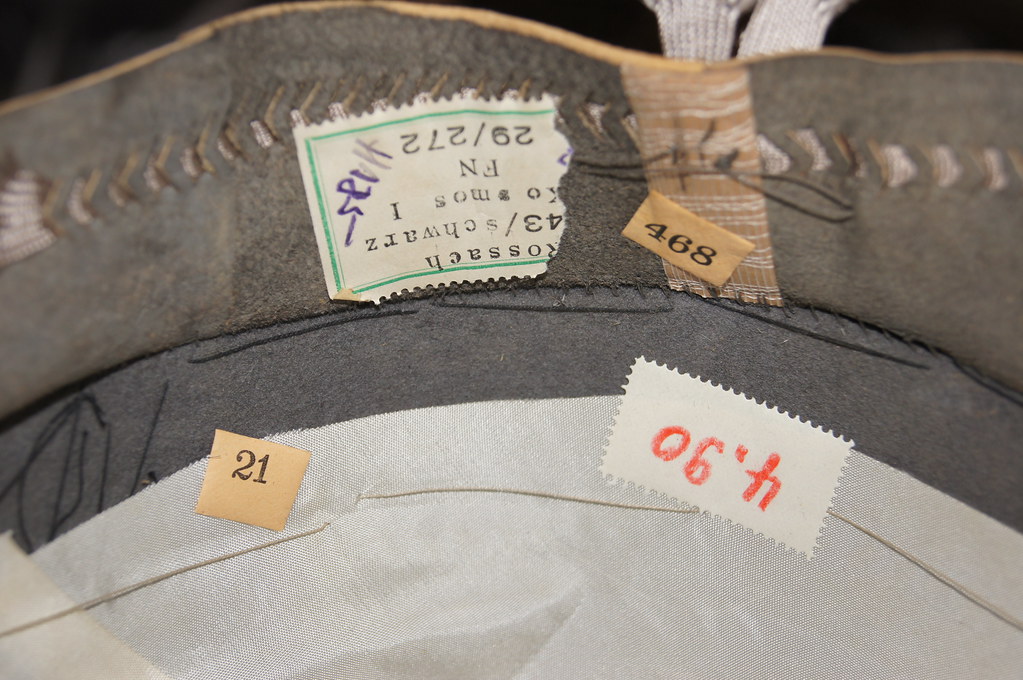
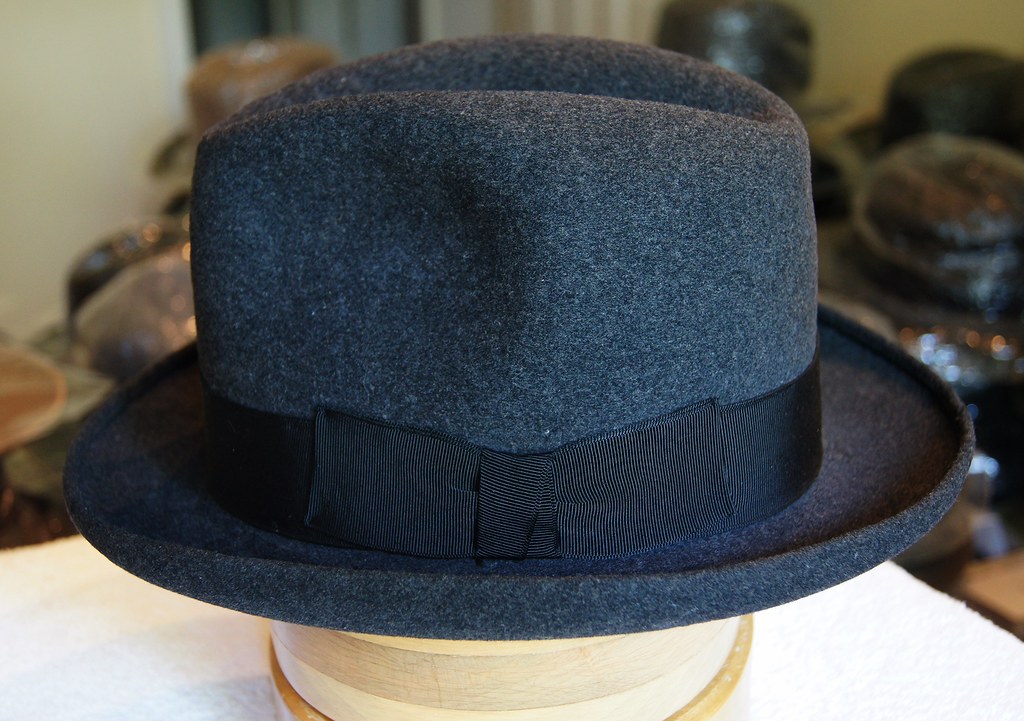
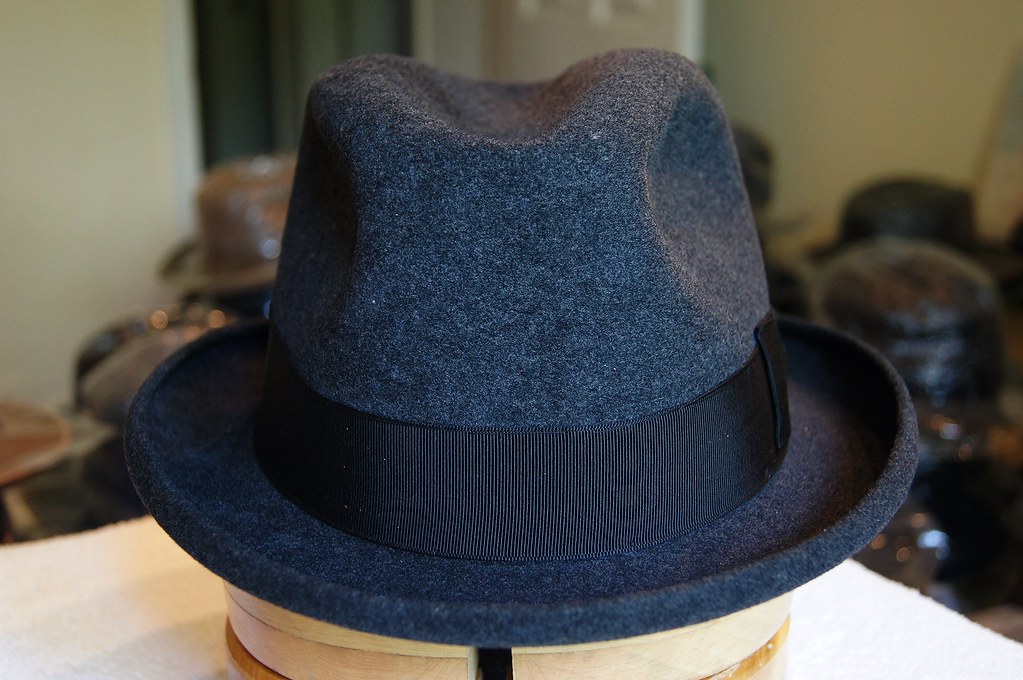
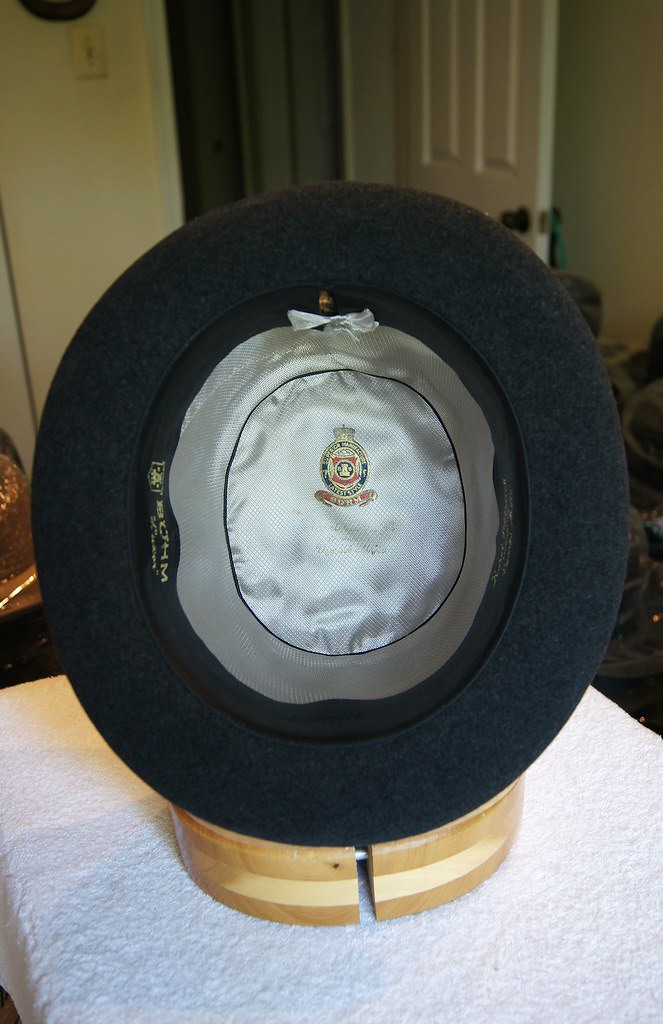
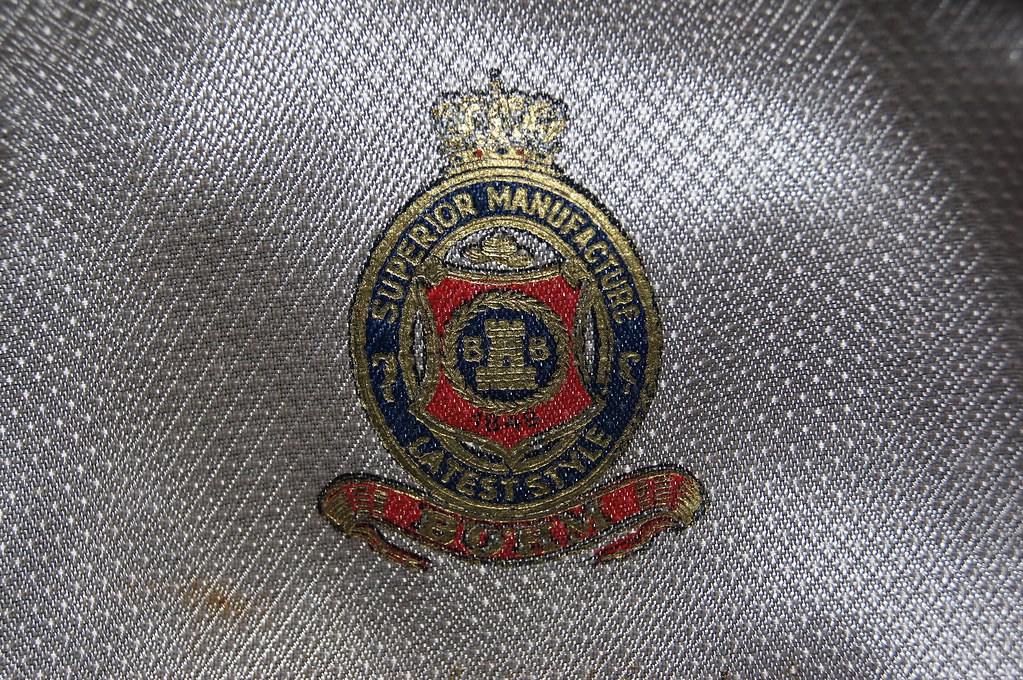
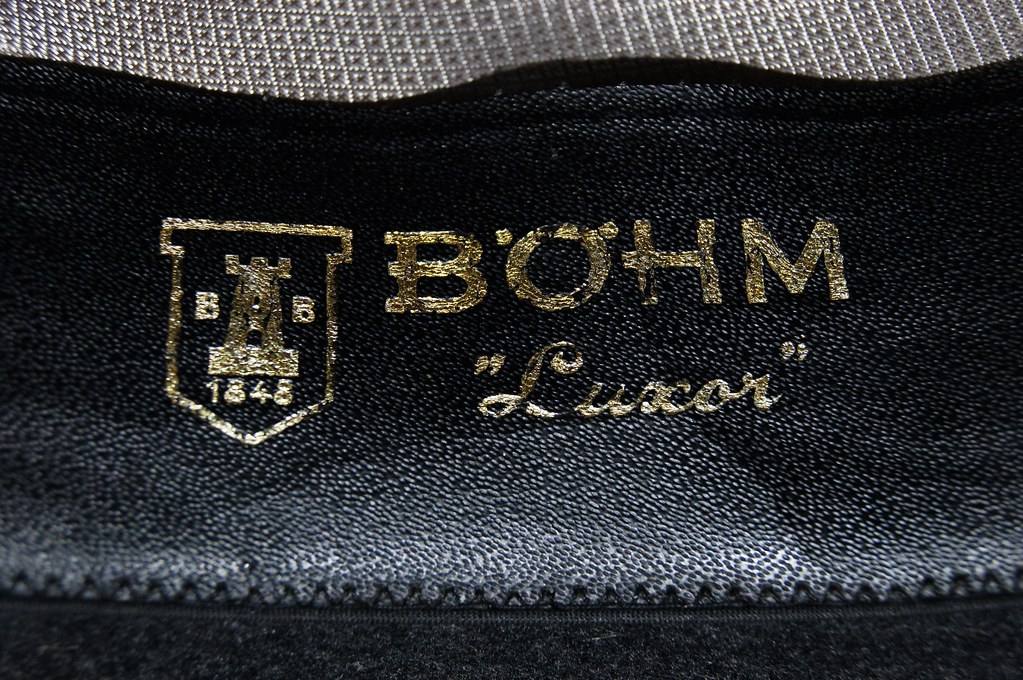
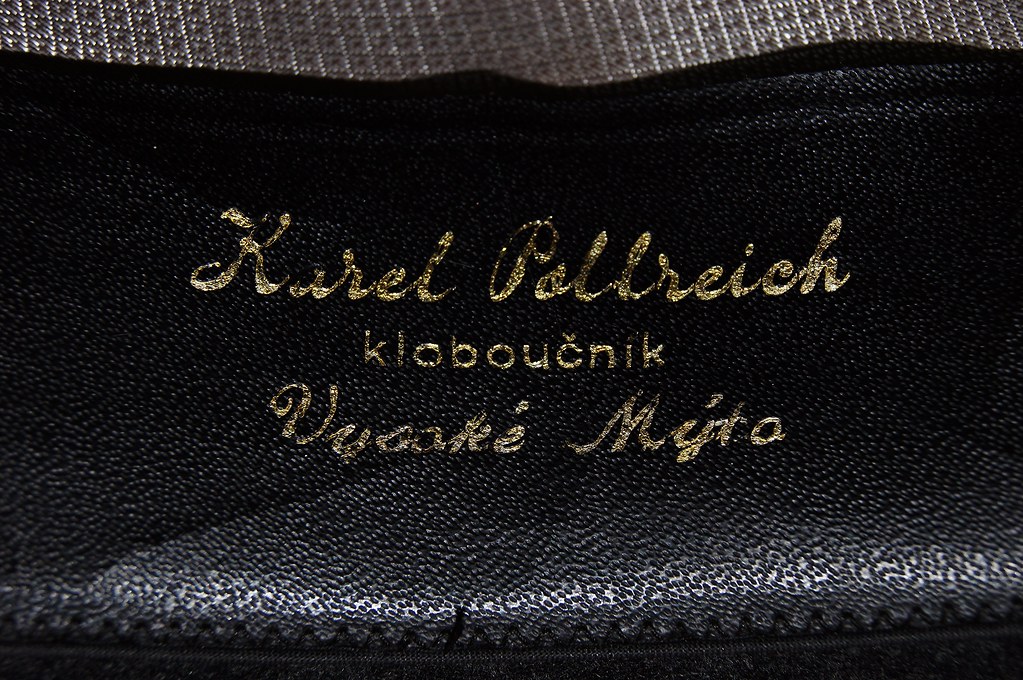
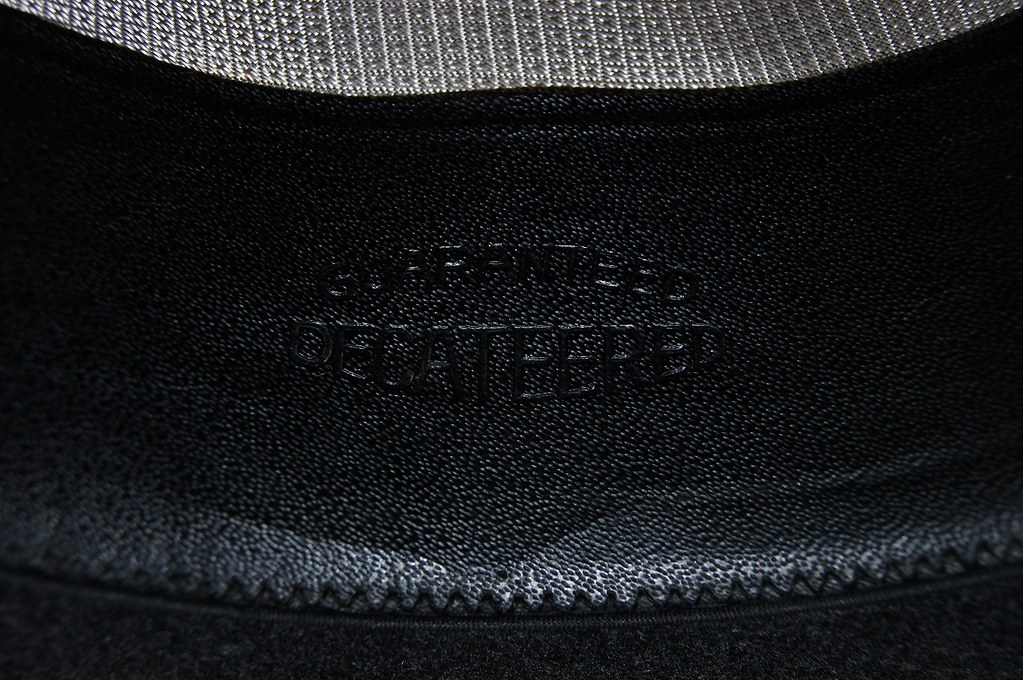
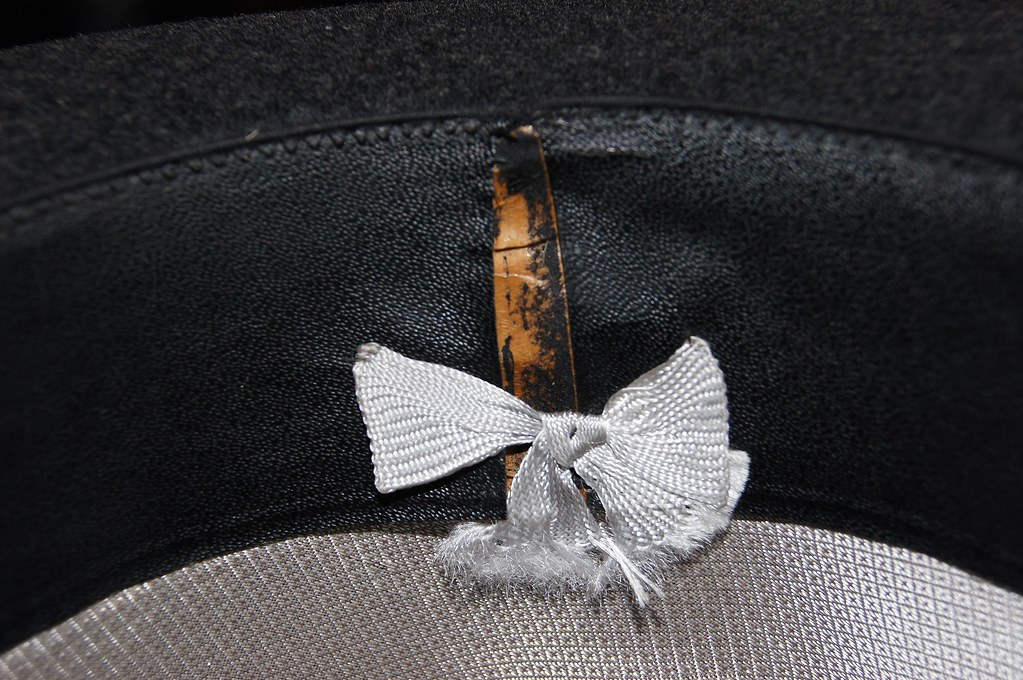
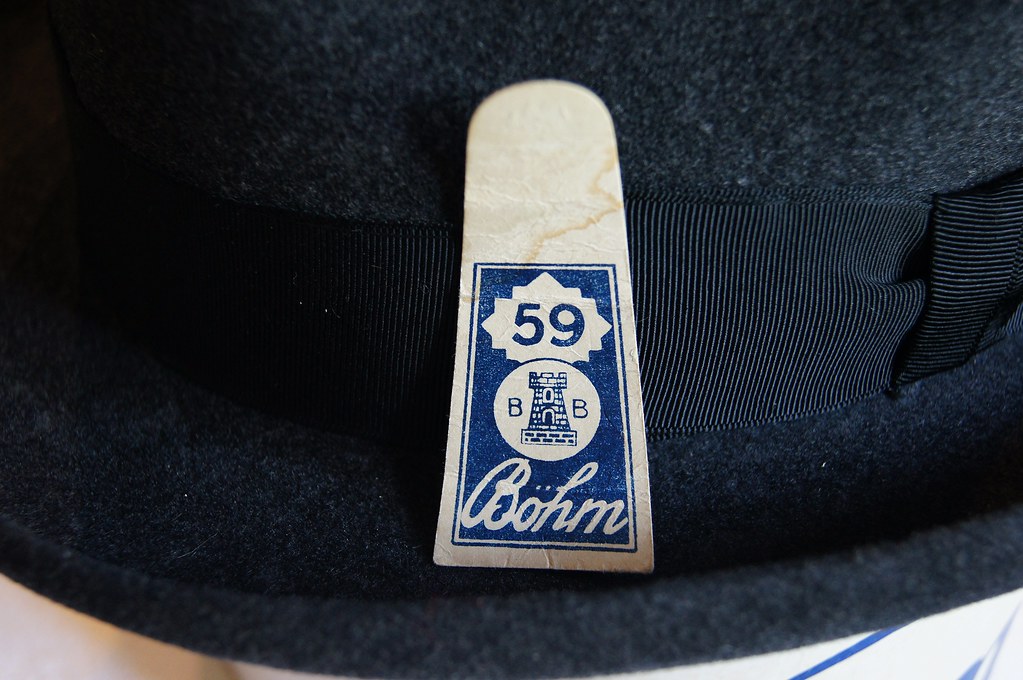
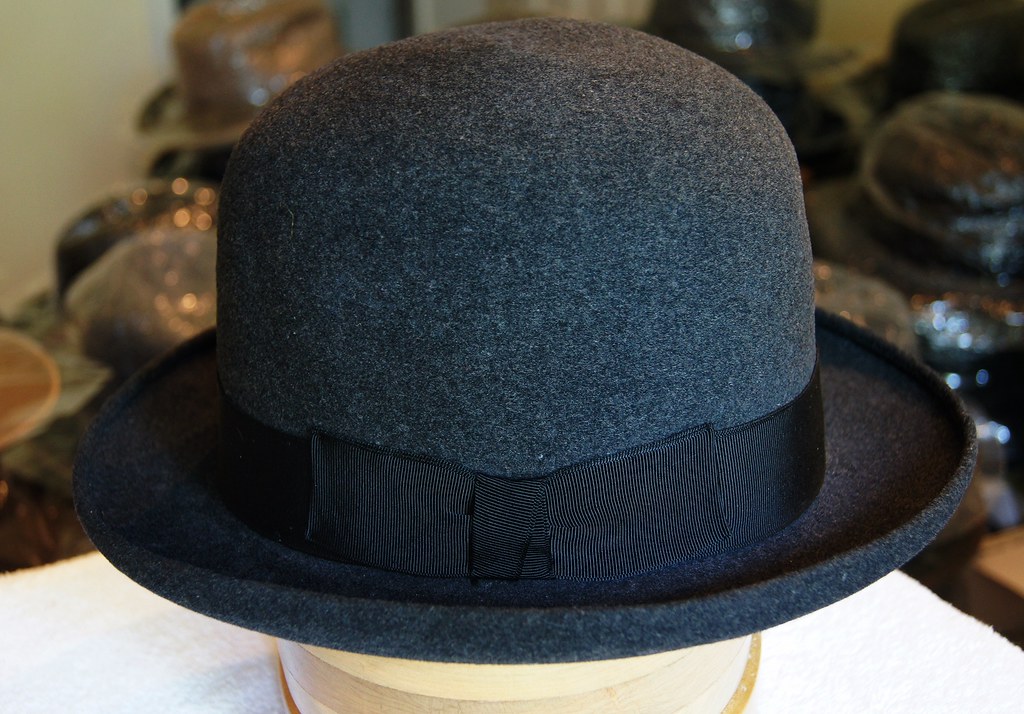
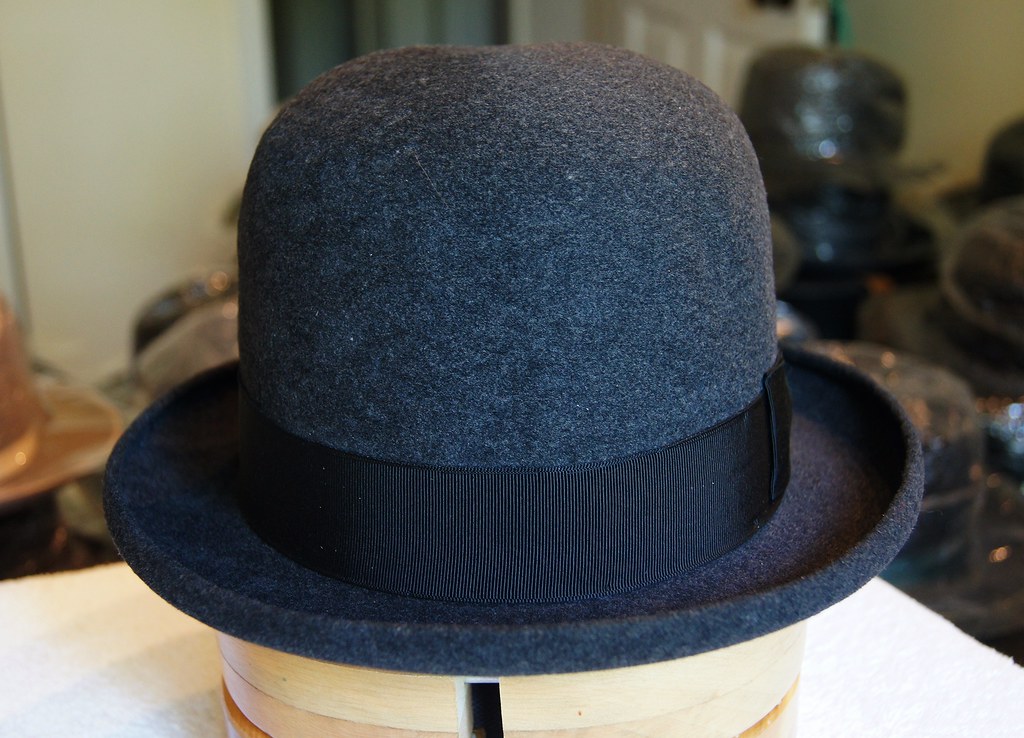
I like all of the woolfelts you've posted, but this one takes the cake. That is just such a wonderful hat.Brüder Böhm "Luxor", 59cm, Wool, possibly late 1930s. The Felt is a Wool Mélange. This hat is from my May 2016 NOS Czech find.






Guaranteed Decateered

I think this might be a cloth based sweatband. The separation doesn't appear to be from stretching.

Original Size Tag

Open Crown


 John Lofgren Monkey Boots Shinki Horsebuttt - $1,136 The classic monkey boot silhouette in an incredibly rich Shinki russet horse leather.
John Lofgren Monkey Boots Shinki Horsebuttt - $1,136 The classic monkey boot silhouette in an incredibly rich Shinki russet horse leather.  Grant Stone Diesel Boot Dark Olive Chromexcel - $395 Goodyear welted, Horween Chromexcel, classic good looks.
Grant Stone Diesel Boot Dark Olive Chromexcel - $395 Goodyear welted, Horween Chromexcel, classic good looks.  Schott 568 Vandals Jacket - $1,250 The classic Perfecto motorcycle jacket, in a very special limited-edition Schott double rider style.
Schott 568 Vandals Jacket - $1,250 The classic Perfecto motorcycle jacket, in a very special limited-edition Schott double rider style. Stefan, Thank you!I like all of the woolfelts you've posted, but this one takes the cake. That is just such a wonderful hat.
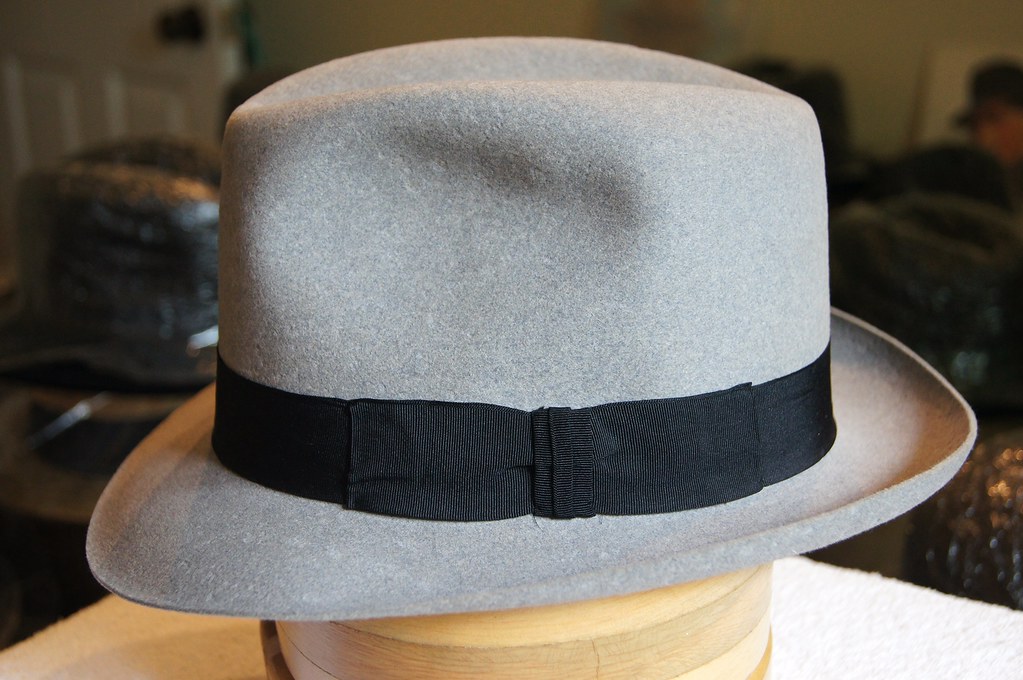
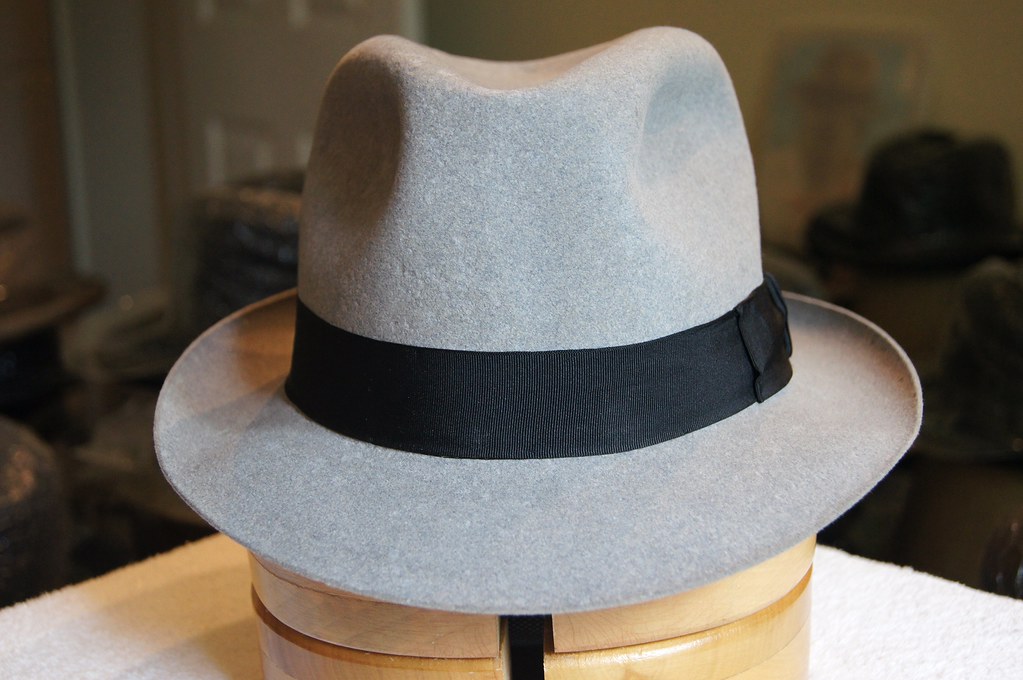
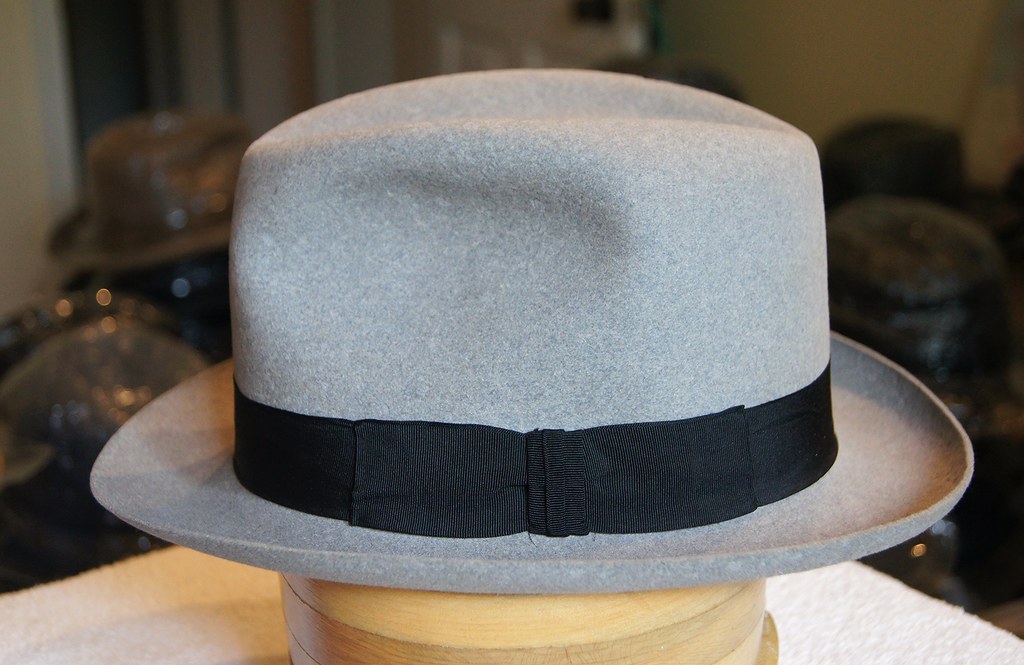
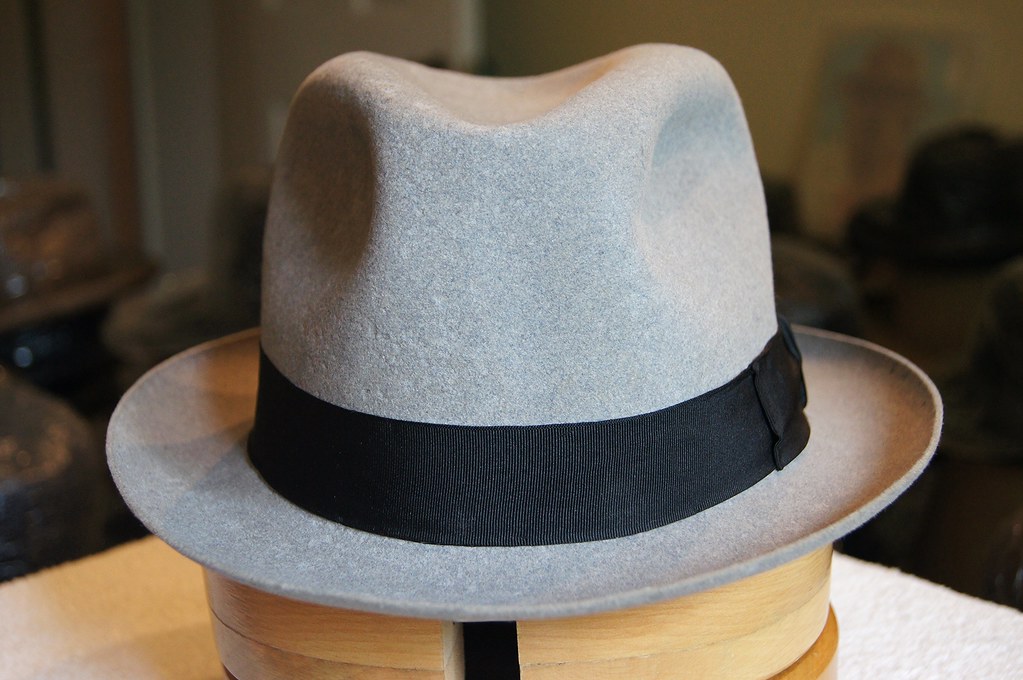
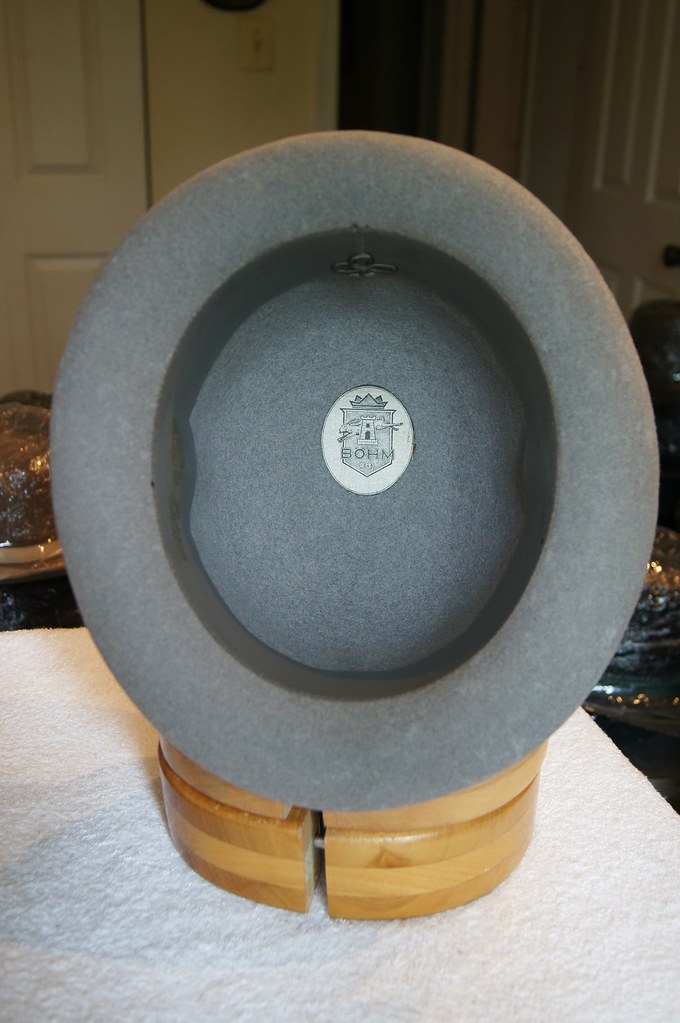
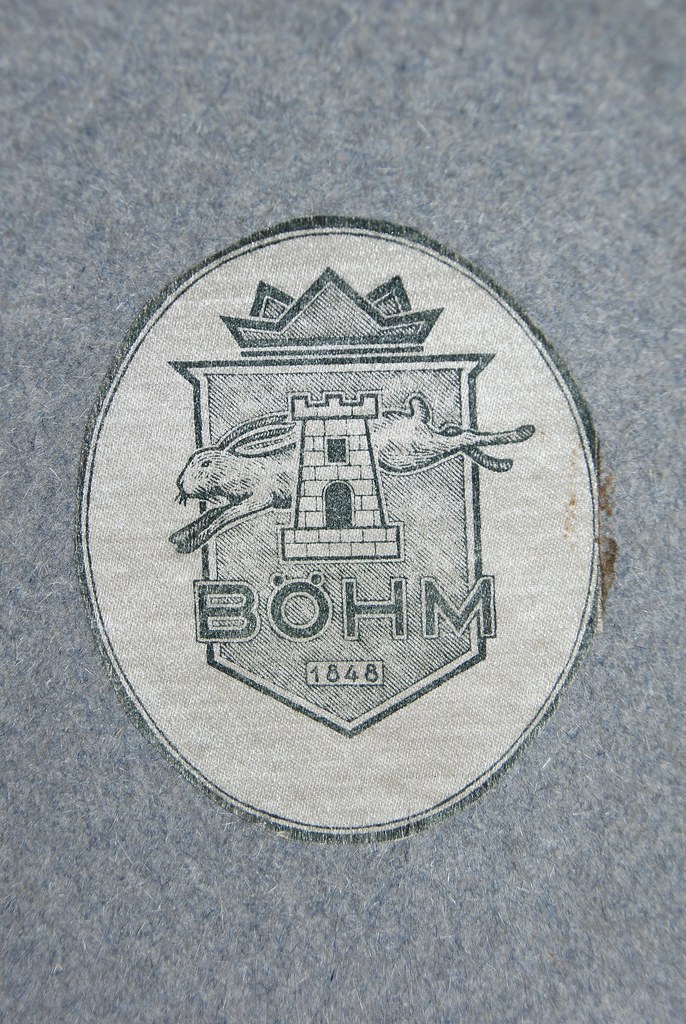
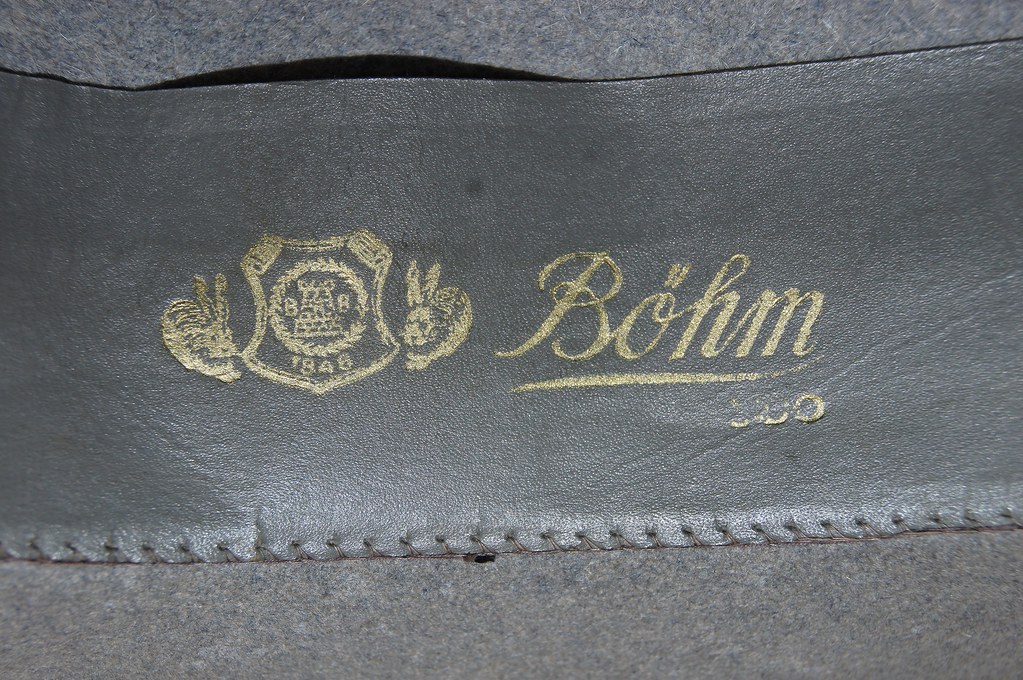
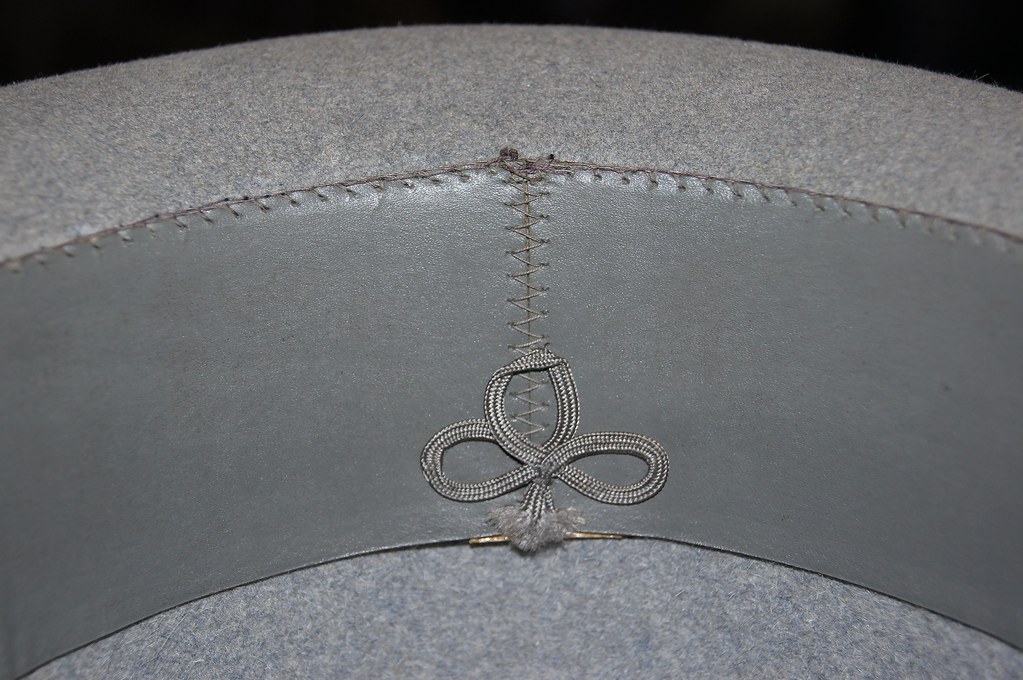
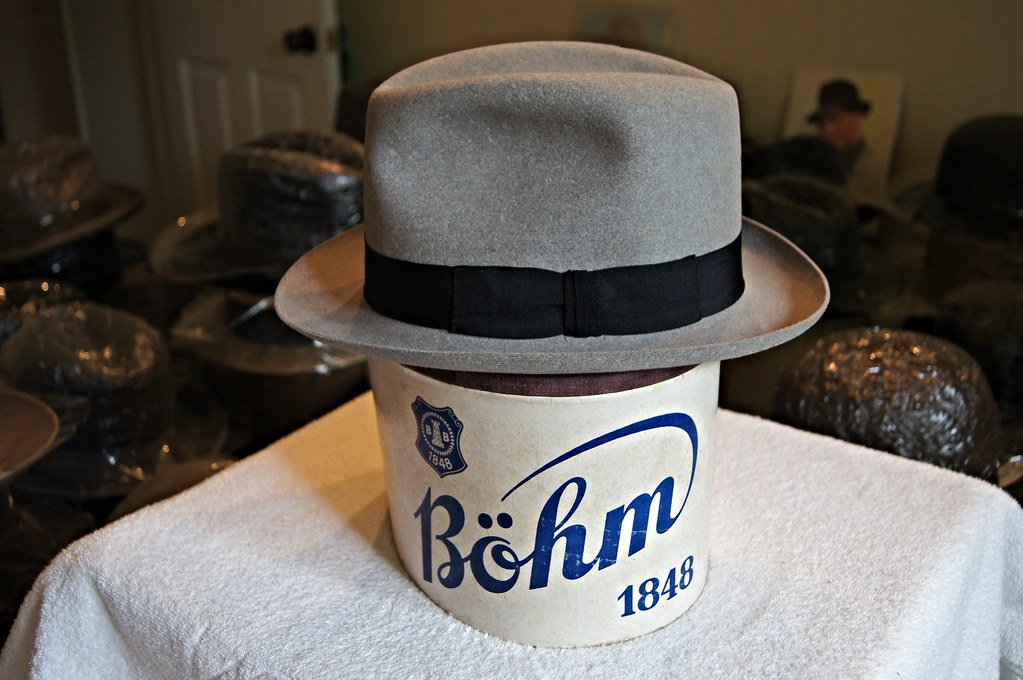
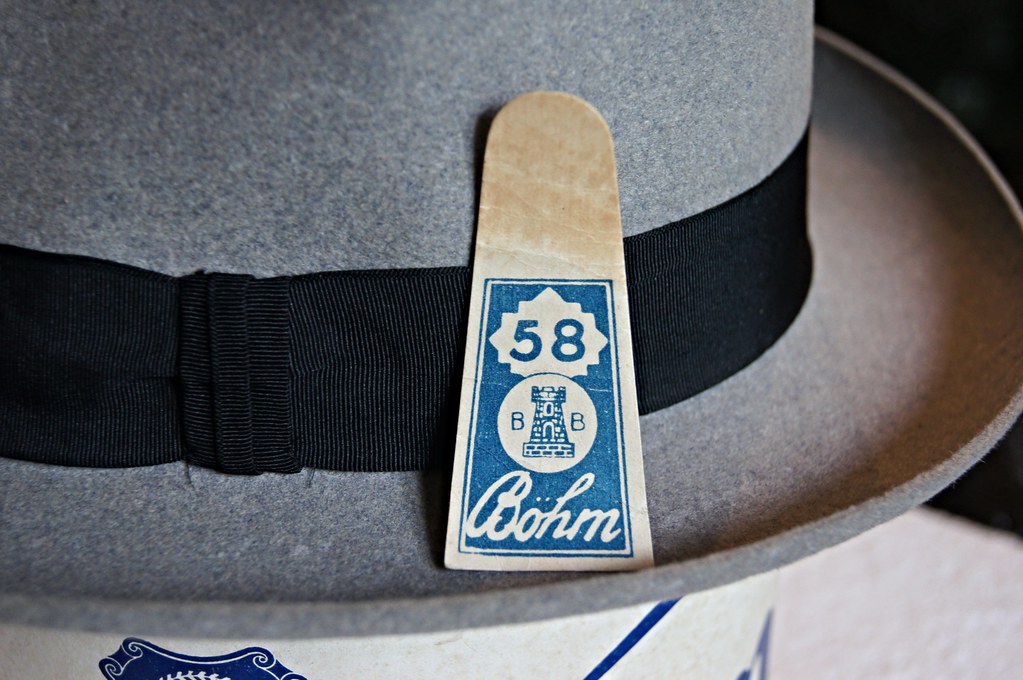
Fantastic! Keep them coming, Steve! Can't get enough of those!Brüder Böhm "Lido", Wool, 58cm possibly mid to late 1930s. This is a light weight Wool Felt. I don't have anything else like it.








Böhm Hat Holder with Böhm "Lido"

Böhm 0riginal Size Tag

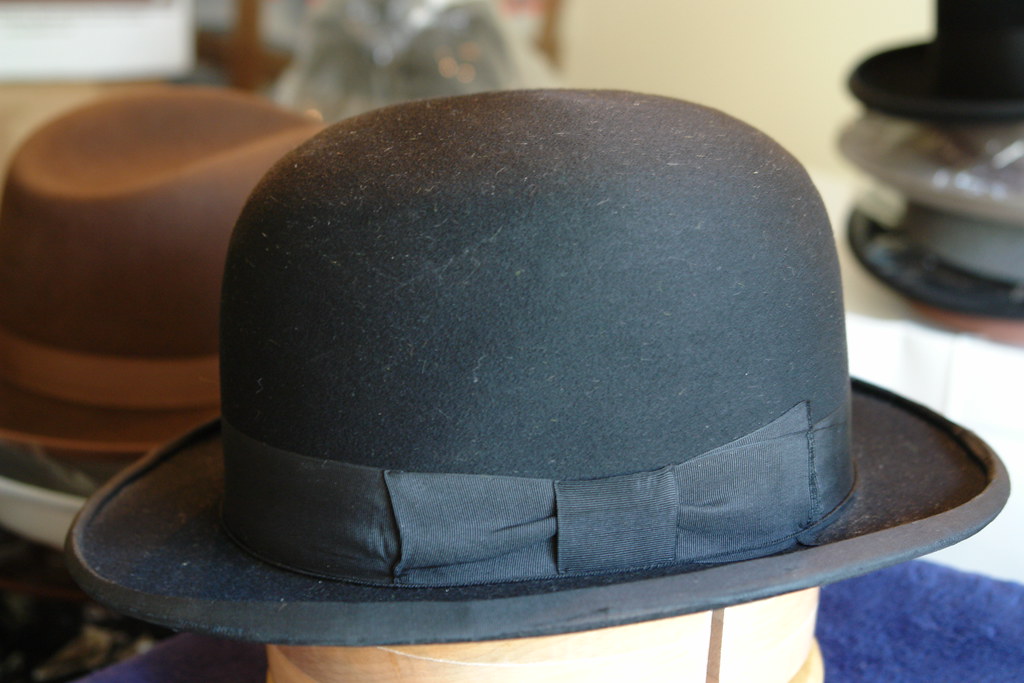

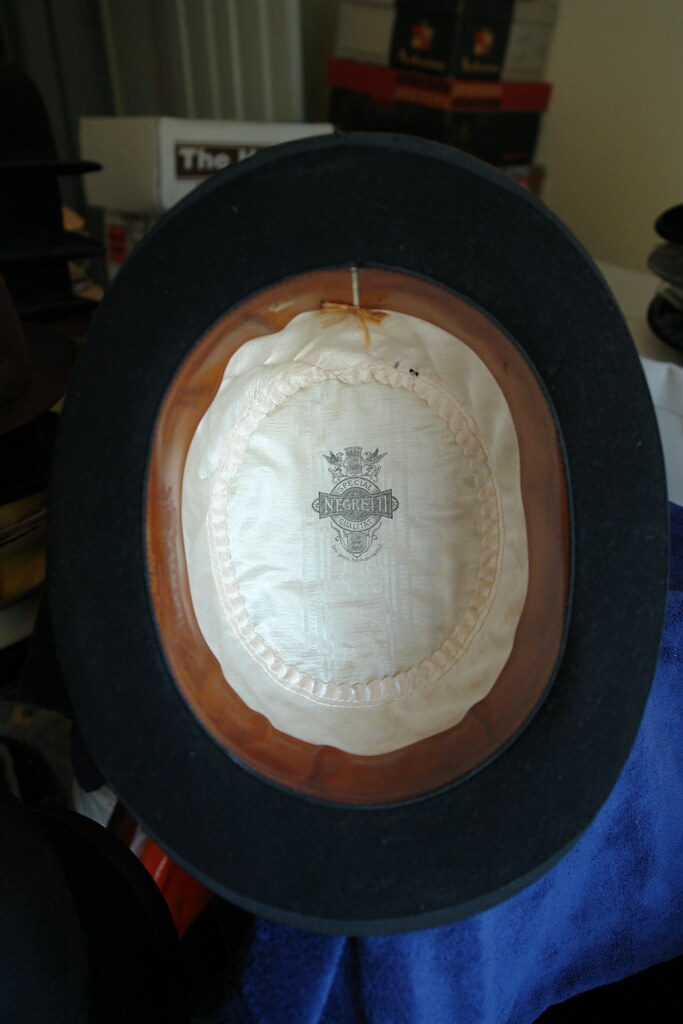
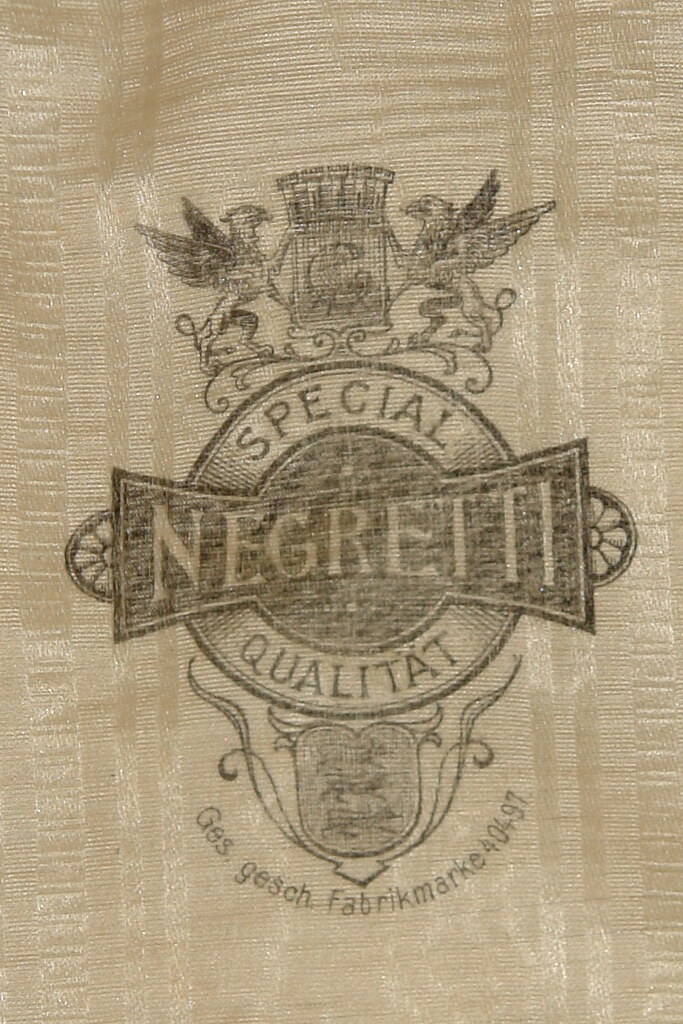
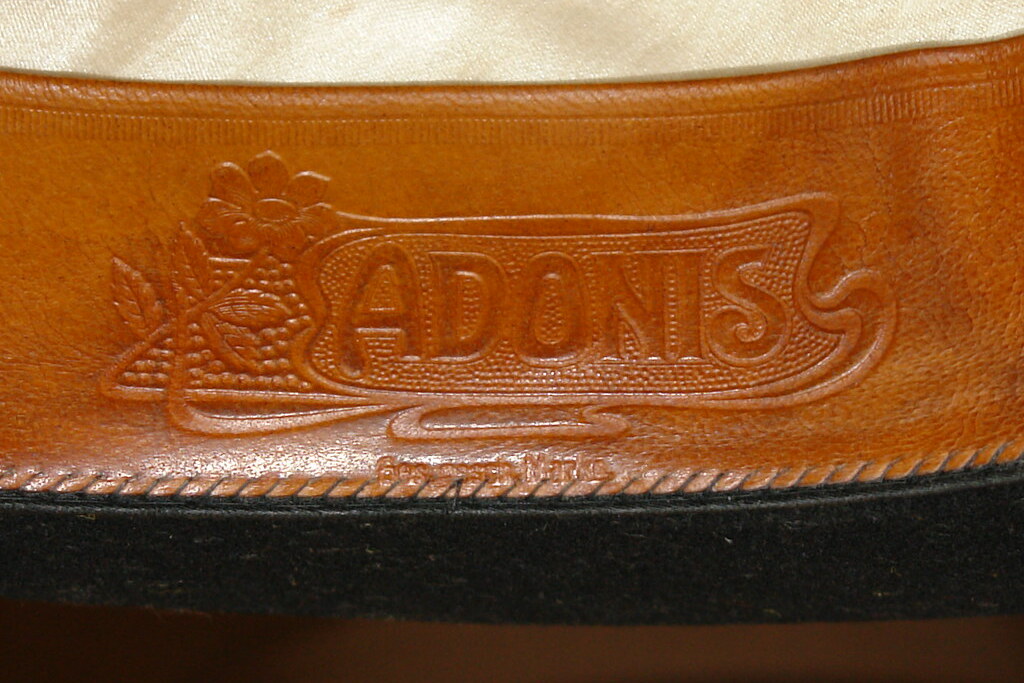
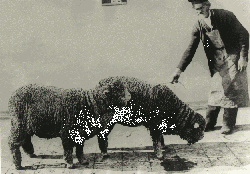
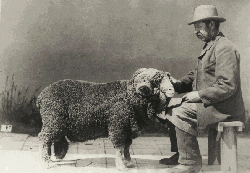
Yet another excellent find, Steve. Wonderful liner.Negretti "Adonis", Wool, 58 cm, possibly early 1900s. There is no company marks but possibly one of the like Berlin Gubener Hutfabrik. I need check again and see if I can find the "Negretti" or "Adonis" marks. It's made from Negretti Wool and has a very dense + smooth finish. Also it's light in weight ~ 110 grams. Unfortunately it's a supreme lint collector.





History of German Merino strains

The basis of the German Merino gene pool was founded by limited importation of Merino stock from Spain about 240 years ago to the central German provinces of Saxon and Brandenburg in a temperate climate, with moderate precipitation ranging from 400 to 800 mm/y. The importation to the Electorate of Saxony, as a royal present of best Merinos, represents the nucleus of so-called Electoral sheep (Fig. 1). The appearance of the animals was fairly uniform. The live weight of a sheep was from 25 to 30 kg.
Negretti Merino

These sheep grew also a very fine wool but showed a low-set compact body. While great stress was laid on the quantity of greasy wool yield and dense wool growth, the tough skin finally developed heavy folds on the neck rump, haunches and tail. The fine wool produced was especially known for its high content of lower solving grease. At the beginning of the 19th century, breeding activities in the former Prussian provinces of Silesia and Brandenburg tended to overcome the disadvantage of overemphasized breeding developments of the Electorals and Negrettis. They tried to combine the adverse advantages of both breeds by combination. This resulted in a fine wool type called the "Eskurial" or "German Thoroughbred Sheep". In the middle of the last century, the production of superfine wool ceased, due to the requirement of longer, coarser and less crimped wool. Breeding of the former type of sheep became unprofitable through insufficient yield and falling prices for finest wool.
Steve, Thank you! There doesn't appear to be any records online (possibly anywhere) regarding the Ges. Gesch. Fabrikmarke. Usually I just happen upon a trademark while looking through some of my copies of Deutsche Hutmacher Zeitung. Yes, highly likely it was one of the Guben companies.Yet another excellent find, Steve. Wonderful liner.
Be interesting to hear who registered that factory trade mark. All signs point to Gubener if your other posts of their hats are anything to go by.
That's unique!!Negretti "Adonis", Wool, 58 cm, possibly early 1900s. There is no company marks but possibly one of the like Berlin Gubener Hutfabrik. I need check again and see if I can find the "Negretti" or "Adonis" marks. It's made from Negretti Wool and has a very dense + smooth finish. Also it's light in weight ~ 110 grams. Unfortunately it's a supreme lint collector.





History of German Merino strains

The basis of the German Merino gene pool was founded by limited importation of Merino stock from Spain about 240 years ago to the central German provinces of Saxon and Brandenburg in a temperate climate, with moderate precipitation ranging from 400 to 800 mm/y. The importation to the Electorate of Saxony, as a royal present of best Merinos, represents the nucleus of so-called Electoral sheep (Fig. 1). The appearance of the animals was fairly uniform. The live weight of a sheep was from 25 to 30 kg.
Negretti Merino

These sheep grew also a very fine wool but showed a low-set compact body. While great stress was laid on the quantity of greasy wool yield and dense wool growth, the tough skin finally developed heavy folds on the neck rump, haunches and tail. The fine wool produced was especially known for its high content of lower solving grease. At the beginning of the 19th century, breeding activities in the former Prussian provinces of Silesia and Brandenburg tended to overcome the disadvantage of overemphasized breeding developments of the Electorals and Negrettis. They tried to combine the adverse advantages of both breeds by combination. This resulted in a fine wool type called the "Eskurial" or "German Thoroughbred Sheep". In the middle of the last century, the production of superfine wool ceased, due to the requirement of longer, coarser and less crimped wool. Breeding of the former type of sheep became unprofitable through insufficient yield and falling prices for finest wool.